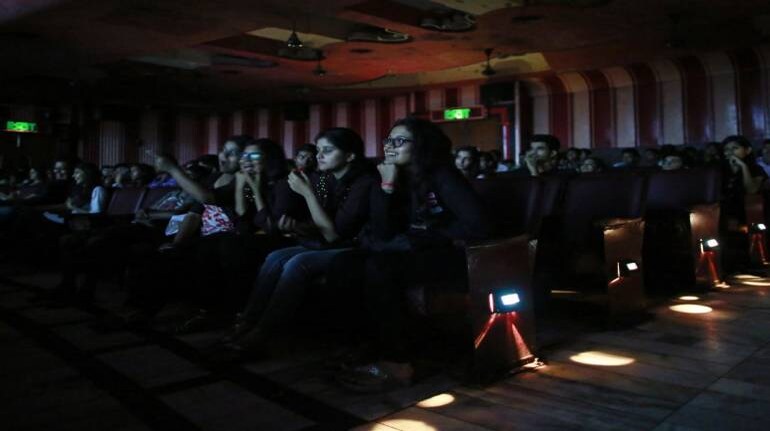



The Ministry of Home Affairs (MHA) on January 27 allowed theatres to operate at higher capacity from the current 50 percent occupancy.
The higher capacity will come into effect from February 1 as part of the Centre's latest unlock guidelines.
According to Karan Taurani, Vice-President, Elara Capital, revision in occupancy will lead to release date announcements for large Hindi films.
Producers of Akshay Kumar-starrer Sooryavanshi and Ranveer Singh's 83 have been waiting for theatres to start operating at a higher capacity.
Taurani said that 75 percent capacity will be a big positive as average pan-India weekend occupancy during pre-COVID period was in the range of 60-65 percent.
While the MHA will allow theatres to increase capacity by February, Taurani expects the revision in states to happen in a staggered way.
"Large film release will only happen towards the end of March as revision of occupancy cap is a state subject. It will take around three weeks for marketing. So, expect some large Hindi film to come on Holi weekend. Sooryavanshi most likely will release around Holi holiday if the occupancy cap is revised to 75 percent," he said.
Even theatres had reopened in a staggered way across states. Maharashtra was one of the last states to allow theatres to reopen. In fact, even now states like Rajasthan have not allowed theatres to reopen.
When it comes to important markets in terms of box office collections, he said, "Maharashtra, Delhi, Uttar Pradesh, Gujarat, Punjab contribute almost 65 percent of Hindi box office business and are important for any large Hindi film coming to cinemas."
Taurani expects audiences to come in large numbers for large budget films like Sooryavanshi, 83 and Radhe. "As of now there is a big backlog of large films until July, August. Recovery for the industry as a whole coupled with small and medium budget films coming back to pre-COVID level collection will happen around Diwali towards end of the year."
He expects India box office business to start reviving from April onwards and estimates that in six months business will reach 70-80 percent of pre-COVID levels.
Discover the latest Business News, Sensex, and Nifty updates. Obtain Personal Finance insights, tax queries, and expert opinions on Moneycontrol or download the Moneycontrol App to stay updated!
Find the best of Al News in one place, specially curated for you every weekend.
Stay on top of the latest tech trends and biggest startup news.